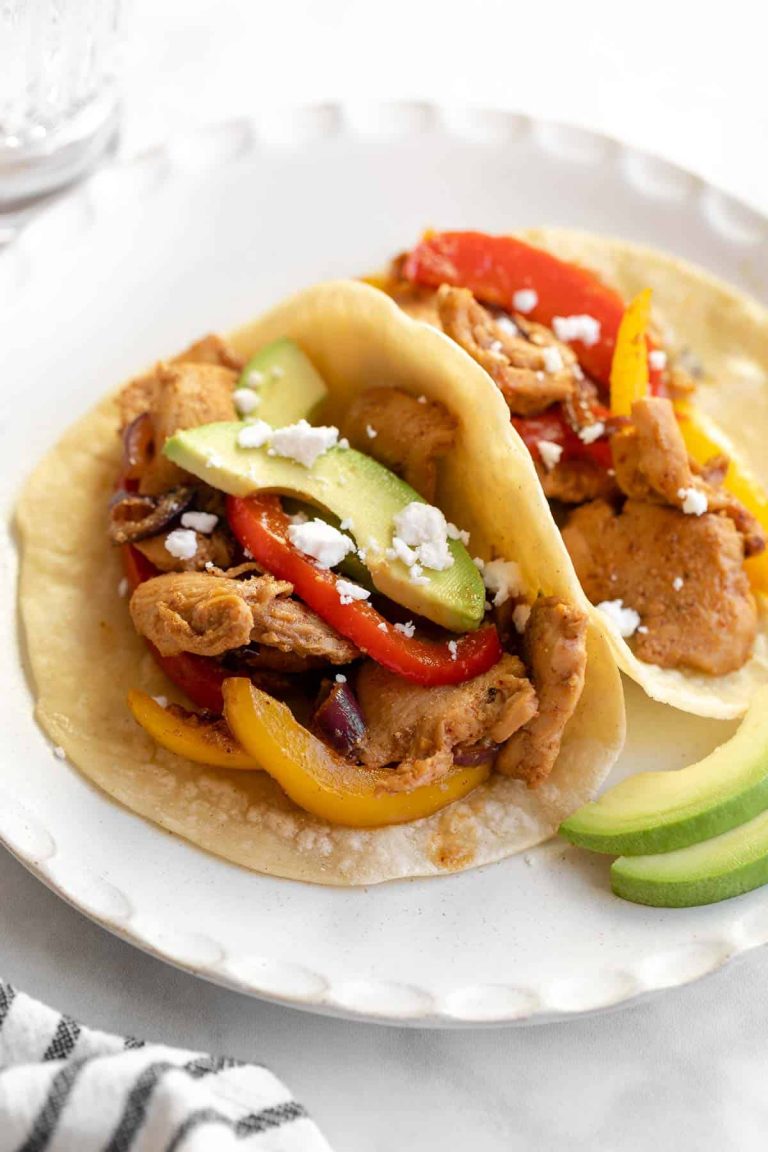Wild and Brown Rice: Discover the Health Benefits and Sustainability of Wild and Brown Rice
Wild and brown rice stand out for their impressive nutrient composition. Wild rice is rich in protein, providing 6.5 grams per 1 cup cooked (164 grams), while brown rice offers 5 grams in the same serving size. Both rice types are excellent sources of fiber, with brown rice delivering 3.5 grams and wild rice providing 3 grams per cup.
Additionally, wild rice shines with its higher antioxidant content, including vitamins A, C, and E as well as minerals like magnesium and phosphorus. Brown rice, on the other hand, is loaded with B vitamins, including B1 (thiamin), B3 (niacin), and B6. These nutrients contribute to energy production and brain function.
Impact on Digestive Health
Both wild and brown rice benefit digestive health. They are high in dietary fiber, promoting regular bowel movements and preventing constipation. Fiber-rich diets can also mitigate the risk of developing diverticular disease and promote a healthy gut microbiome.
Brown rice contains soluble fiber, aiding in the absorption of water and forming a gel-like substance in the digestive tract. This can help slow digestion and improve nutrient absorption. Wild rice offers insoluble fiber, which adds bulk to stool and facilitates quicker digestion, enhancing overall digestive health.
Benefits for Diabetes Management
Wild and brown rice play a role in managing diabetes. Their low glycemic index (GI) helps regulate blood sugar levels by releasing glucose slowly into the bloodstream. Brown rice has a GI of around 68, whereas wild rice’s GI is approximately 57.
Individuals with diabetes may find wild rice beneficial due to its lower GI, contributing to more stable glucose levels. Brown rice’s magnesium content also aids in improving insulin sensitivity. Including these grains in a balanced diet can help manage diabetes symptoms and improve overall health.
Culinary Uses of Wild and Brown Rice
Cooking Techniques
Wild and brown rice require different cooking techniques due to their distinct textures. To prepare wild rice, rinse it thoroughly, then combine one cup of rice with three cups of water or broth. Bring it to a boil, reduce the heat, cover, and simmer for 45-60 minutes, or until the grains split open. Brown rice cooks differently; rinse one cup of rice, then mix with two cups of water or broth. Bring to a boil, reduce heat, cover, and simmer for 30-45 minutes until the water is absorbed.
Popular Recipes
Wild and brown rice feature in various recipes that highlight their unique flavors and textures. Incorporate wild rice in hearty salads such as wild rice and cranberry salad, which pairs the grain’s nutty flavor with tart cranberries and crunchy nuts. Use brown rice in stir-fries like vegetable and brown rice stir-fry, combining the rice’s earthy taste with fresh veggies and soy sauce. For soups, wild rice elevates classics such as chicken wild rice soup, adding a chewy texture that complements the tender chicken. Brown rice suits casseroles well; try baked chicken and brown rice casserole, where the grain absorbs flavors from the chicken and savory spices.
Environmental Impact of Growing Wild and Brown Rice
Ecological Benefits
Wild and brown rice contribute positively to ecosystems in several ways. Wild rice provides habitats for various aquatic species like fish and waterfowl. Its growth in wetlands helps maintain water quality by filtering pollutants. Brown rice fields can support biodiversity as they often act as temporary habitats for birds and insects.
Sustainability Practices
Growing wild and brown rice incorporates sustainable practices that benefit the environment. Farmers often use rotation techniques to preserve soil health and reduce pest infestations. Flooded rice fields contribute to groundwater recharge, helping maintain water levels in regions facing scarcity. Many farms adopt organic farming methods, minimizing the use of synthetic pesticides and fertilizers, thus reducing chemical runoff into nearby water bodies.
Cost and Accessibility of Wild and Brown Rice
Price Comparison
Wild and brown rice differ significantly in cost. Wild rice typically costs more due to its labor-intensive harvest process and limited growing regions. Expect to pay around $3-4 per pound for wild rice, whereas brown rice often costs $1-2 per pound, making it more budget-friendly. While wild rice offers unique flavors and nutritional benefits, brown rice provides a more economical choice for those on a budget.
Availability in Markets
Brown rice enjoys widespread availability in grocery stores, supermarkets, and health food outlets. It’s found in both organic and conventional varieties, providing ample options. Wild rice, though less common, is still accessible. Specialty stores and online retailers frequently stock wild rice, allowing you to purchase it even in areas where it may not be locally available. Despite its lower prevalence, diverse sourcing options ensure that you can still include wild rice in your diet.
Conclusion
Choosing between wild and brown rice ultimately depends on your dietary needs, budget, and environmental considerations. Both offer unique health benefits and contribute positively to the ecosystem. While wild rice is pricier and less accessible, its nutritional value and ecological contributions make it a worthy addition to your diet. Brown rice, being more affordable and readily available, remains a reliable staple for many households. By understanding the distinct advantages of each, you can make informed decisions that align with your health goals and environmental values.





